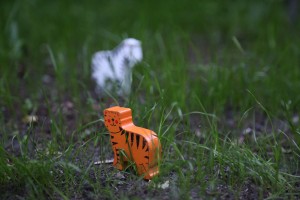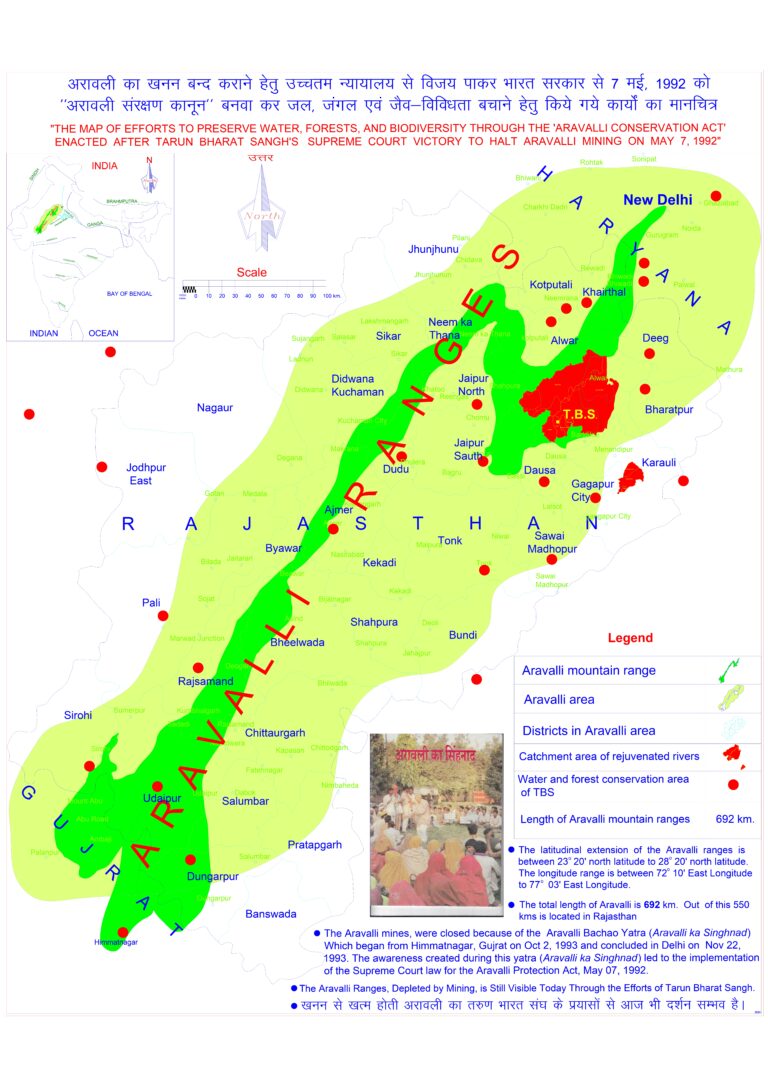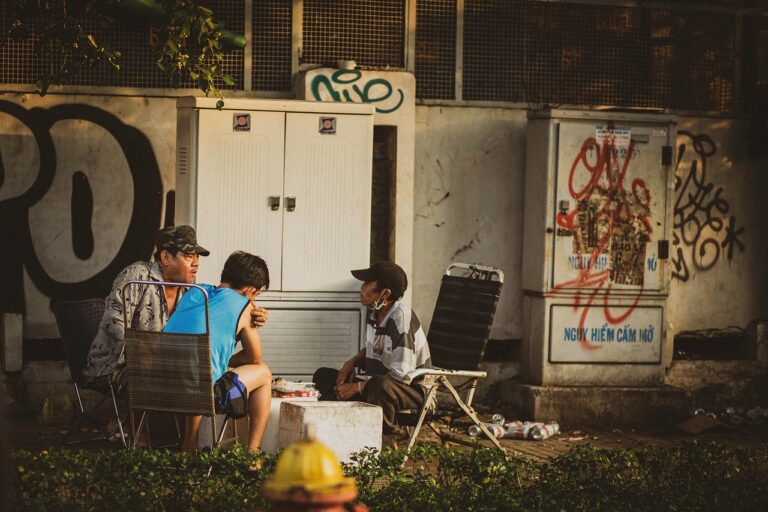
Commentary
 By Kaushal Kishore
By Kaushal Kishore
“Beat me, if you want, but don’t raise hands on the cow.” Justice Shekhar Kumar Yadav mentioned this in one of the verdicts of the High Court at Allahabad attributing it to the nationalist freedom fighter Bal Gangadhar Tilak. The rejection of Javed’s bail application in the cow slaughter case, seems to turn into the fresh appeal to reconsider the national animal, in other words to replace a tiger with the cow. This decision is written in Hindi. As such received with the warm welcome from many corners in the cow belt. Moreover, it’s not surprising if this verdict turns into the milestone on the track leading towards the national law to protect cows in future. A critical analysis into it can help us to imagine what is largely unexplored in the process of making a tiger out of the cow.
The communal tension is not a new affair now in the parts of India, due to the cases of cow slaughter, although it’s legally banned in 24 states including Uttar Pradesh and Bihar. Such tensions are often witnessed, despite the law. The elements committed to destroy the social harmony and peace are responsible for such acts. One night, in the last February, Khilendra Singh’s black and white cow was stolen; the case in Nakhasa police station of Sambhal district in Uttar Pradesh. Almost after a month, the police has nabbed the absconded culprits.
This is one of those cases that can easily create communal tension leading towards the horrendous act of mob-lynching. The bail application was dismissed keeping in view the history of the accused and the evidence produced before the court.

Justice Yadav, who was a public prosecutor during the previous Samajwadi Party led Uttar Pradesh government, focused on the significance of the cow in Indian cultures with the mention of its utility in traditional agriculture.
The political economy pertaining to the nationalisation of the cow and the Ganga is in the public domain. In the beginning of 21st century, the demand for the most revered river to be declared as the National River emerged and National Ganga River Basin Authority (NGRBA) came into existence. One day the High Court at Nainital ruled that the Ganga River is a legally living creature, but the government of Uttarakhand has challenged the decision in the Supreme Court in order to obtain the stay order. Now no one is free to look into the file gathering dust. The demand for central law to save the cow has been similarly gathering dust on the roads for a long time.
Apart from the cows that died eating polythene, and those exploited in the cow shelters operated by the government and non governmental agencies that he has duly discussed, the issue in focus was the debate on national animal.
The goddess of power Durga rides a tiger, the national animal of India that the majority community considers sacred. As such, both the cows and tigers are considered sacred in India since ages. The rules for their protection cannot be better than this value system. These two animals of the opposite nature in the food chain are suitable for the climate of South Asian region. Soon the variety of insects appear in the cow dung. Many species of birds depend on them. The study of the cowherd Lord Krishna can define how the cows helped to produce fertile soil for Aryavarta in old times. Mother Earth developed from Vindhyachal to the Bay of Bengal with the help of two other motherly figures i.e. Ganga and cow progeny.
The humankind has imposed the new development vision to curtail this process of natural development, and its result is now in the public. The lifestyle and culture in the rural areas are closely associated with rearing of the cattle species as an integral part.
The forest often referred to as Jambudvipa in the scriptures is also mentioned in Western literature as the garden of Eden, and the vast region scattered around the Himalayan valley from Khorasan, Kandahar and Kabul in the west to Dacca, Rangoon (Yangon) and Arakan in the east. In this region, bullock and tiger used to be the two significant creatures as dominant as the two different types of winds—easterly and westerly—rising out of the Indian ocean. In its heartland the donation of the elephant like calf-bearing cow used to be an annual ritual during the period of Janaka and Yajnavalkya. Before the advent of the British, the races of invaders settled here, but in recent times a new civilization developed. The compromising quality of water, milk and food stuff are yet another realities in age of technology and development.
Tilak mentioned the cows that’s none other than the native breeds alone. The mixing with the foreign breeds is a product of the White Revolution. There is a half a century gap in between. Now in most of the government data, there is a generosity to consider all domestic, foreign and mixed breed of cows as the cattle.
In addition to the food security, the protection of biological diversity can be ensured by the conservation and promotion of the flood plains referred as the Gochar land. The life of carnivorous animals like tigers is based on herbivores like cows. The origin of Jivo Jivasya Bhojanam (a being survives on another being) is based on this classical sutra (law of regulation). Sadly its sparking with modernity introduced us with modern miseries.

In the age of Godhan (cow as wealth), milk was not considered as a commodity for sale and purchase, however, the cattle rearing class used to do the business in pure ghee (clarified butter). They have abstained from the trade of water, milk and land while considering them the pure basic necessities with its sacredness. As a consequence, not only rivers like the Ganga and Jamuna, the wells and ponds also remained eternally pure and usable. The bees and birds scattered greeneries everywhere in the garden. It was maintained due to the use of livestock in the transport instead of petroleum.
The devaluation of these already established value is an ideal of the modern civilization. The darkness beneath the shining lamp of development—science and technology—clearly visible today as the scarcity of these three basic necessities. The masters of development achieved the success in association with the masses and their leaders.
A scientist from New Zealand discovered the repercussions behind this breed change in the beginning of 21st century that caused certain dreadful diseases. There is a need to look into it with all seriousness. Now tractors are engaged in plowing the fields instead of the bullocks. No other practical use than the meat for domestic consumption and export is visible. The term ‘beef’ in the trade refers to all species of cattle, including cows and buffaloes
The dark side of the politics making a tiger out of the cow is apparent has meant that now only a hundred million native cows are left in India, whereas the record in 1947 mentioned more than 1.21 billions. The reference to the Supreme Court verdict on the Jallikattu from Tamil Nadu is misleading here, and the impugned decision needs the revision. In fact, the purpose of certain games involving bulls is only to conserve the cow progeny. After the correction of the errors the judgment can be added with the series of historical documents dealing with this issue.
*Kaushal Kishore is the author of The Holy Ganga (Rupa, 2008) and Managing Editor of Panchayat Sandesh, a monthly organ of All India Panchayat Parishad. The views expressed as personal.





